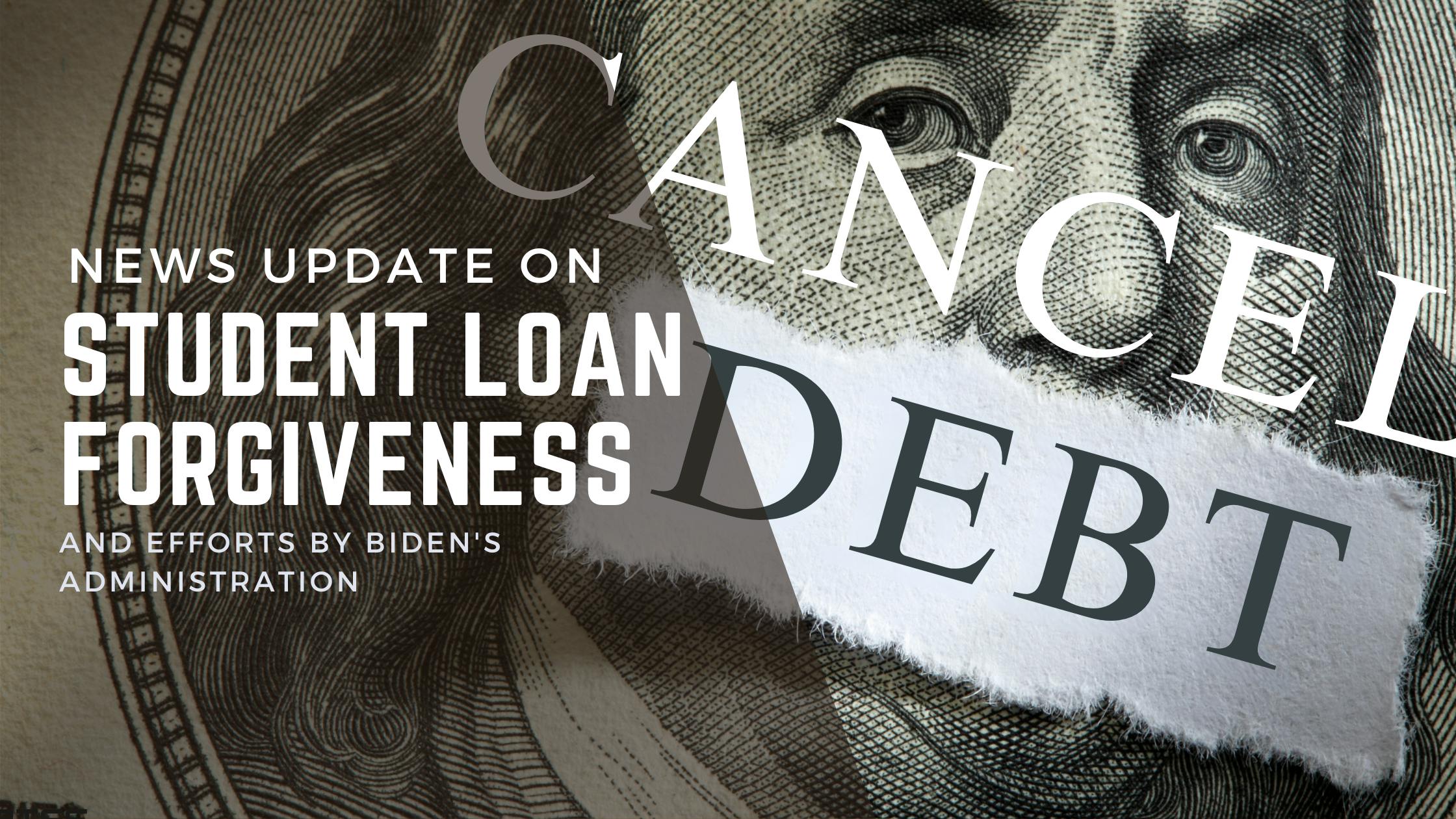Navigating the Maze of Student Loan Forgiveness: What Biden's Administration Has in Store

In recent times, the topic of student loan forgiveness has taken center stage in American politics, with both lawmakers and the Biden administration striving to alleviate the burden on millions of borrowers. In this blog post, we'll discuss into the latest proposals and initiatives, exploring how they aim to provide relief to those grappling with student debt.
Biden's Call for Action: A Push for Comprehensive Relief
In a recent opinion piece published in The Boston Globe, Senate Majority Leader Chuck Schumer and Senator Elizabeth Warren urged President Biden to expand his efforts in addressing student loan forgiveness. While acknowledging the steps taken thus far, they advocated for broader relief measures, emphasizing the need to assist borrowers facing economic hardship and those who have been adversely affected by errors from student loan servicers.
Meanwhile, the Education Department has unveiled a comprehensive proposal outlining multiple pathways to student loan forgiveness. This initiative is part of a broader strategy to revamp existing options and introduce new avenues for debt cancellation. Following a Supreme Court ruling that halted President Biden's initial debt cancellation plan, officials have been working on innovative approaches to provide relief to borrowers.
Targeted Relief for Various Groups and Exploring Pathways to Forgiveness
The proposed plan aims to target specific groups of borrowers, including those who have been in repayment for an extended period, individuals whose debt has ballooned despite consistent payments, and former students of predatory institutions. Draft regulations have been released, highlighting 17 indicators of financial hardship that could qualify borrowers for forgiveness.
The draft regulations outline several criteria for eligibility, ranging from low income and high expenses to demonstrated need and personal hardships. Borrowers experiencing financial hardship due to unreasonable expenses or struggling with repayment despite significant efforts may find avenues for relief under the proposed plan. Furthermore, the plan could consider factors such as age, disability status, and student outcomes in evaluating eligibility for forgiveness.
What's Next for Student Loan Forgiveness?
While these proposals offer hope for borrowers burdened by student debt, it's essential to note that they are still in the discussion phase. The Education Department will conduct further deliberations, with the aim of finalizing regulations and implementing the program by mid-2025. However, there is potential for early implementation, offering relief to borrowers sooner rather than later.
As the debate surrounding student loan forgiveness continues, it's clear that policymakers are actively seeking solutions to alleviate the burden on borrowers. With comprehensive proposals and targeted relief measures on the horizon, there is hope for millions of Americans struggling with student debt. By staying informed and engaged, borrowers can navigate the complexities of the student loan landscape and work towards achieving financial freedom.